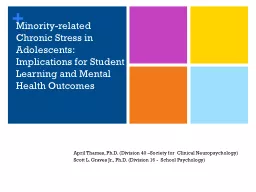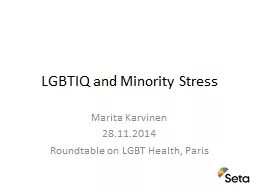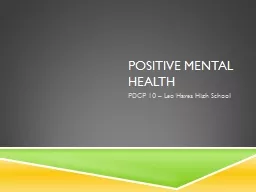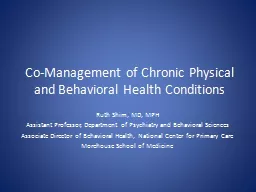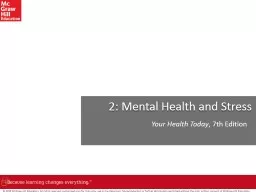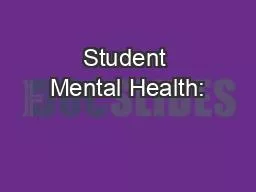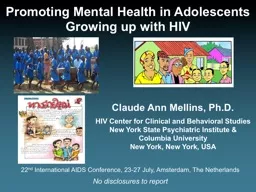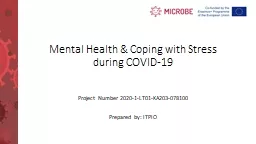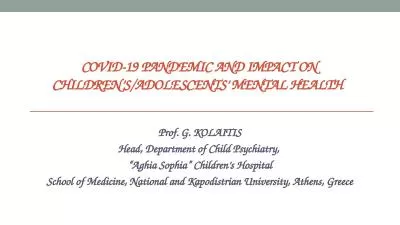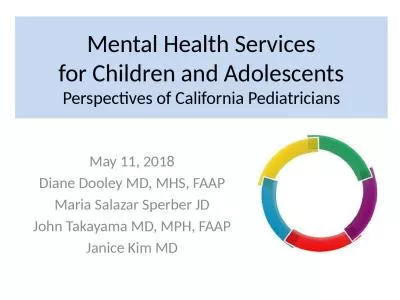PPT-Minority-related Chronic Stress in Adolescents: Implications for Student Learning and
Author : bikerssurebig | Published Date : 2020-06-19
April Thames PhD Division 40 Society for Clinical Neuropsychology Scott L Graves Jr PhD Division 16 School Psychology Racerelated stress vs stressors linked to
Presentation Embed Code
Download Presentation
Download Presentation The PPT/PDF document "Minority-related Chronic Stress in Adole..." is the property of its rightful owner. Permission is granted to download and print the materials on this website for personal, non-commercial use only, and to display it on your personal computer provided you do not modify the materials and that you retain all copyright notices contained in the materials. By downloading content from our website, you accept the terms of this agreement.
Minority-related Chronic Stress in Adolescents: Implications for Student Learning and: Transcript
Download Rules Of Document
"Minority-related Chronic Stress in Adolescents: Implications for Student Learning and"The content belongs to its owner. You may download and print it for personal use, without modification, and keep all copyright notices. By downloading, you agree to these terms.
Related Documents

